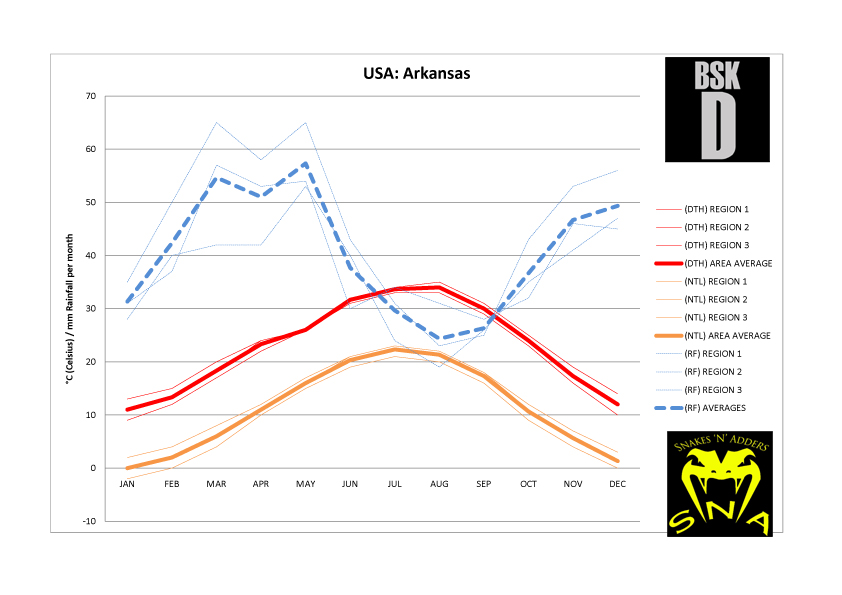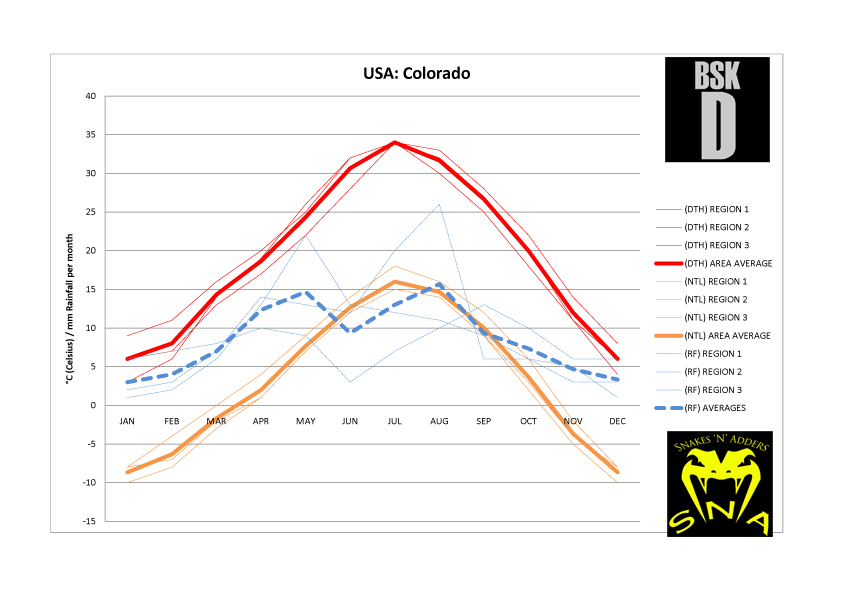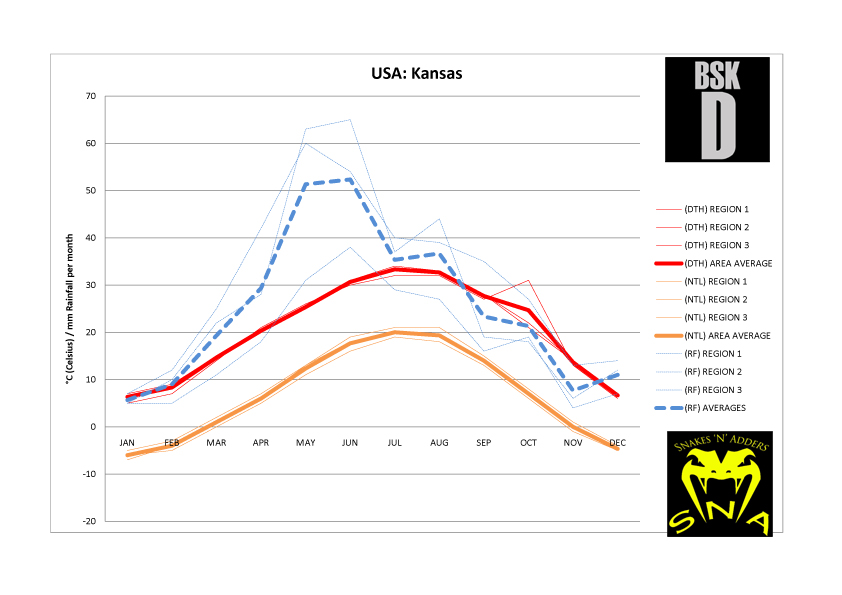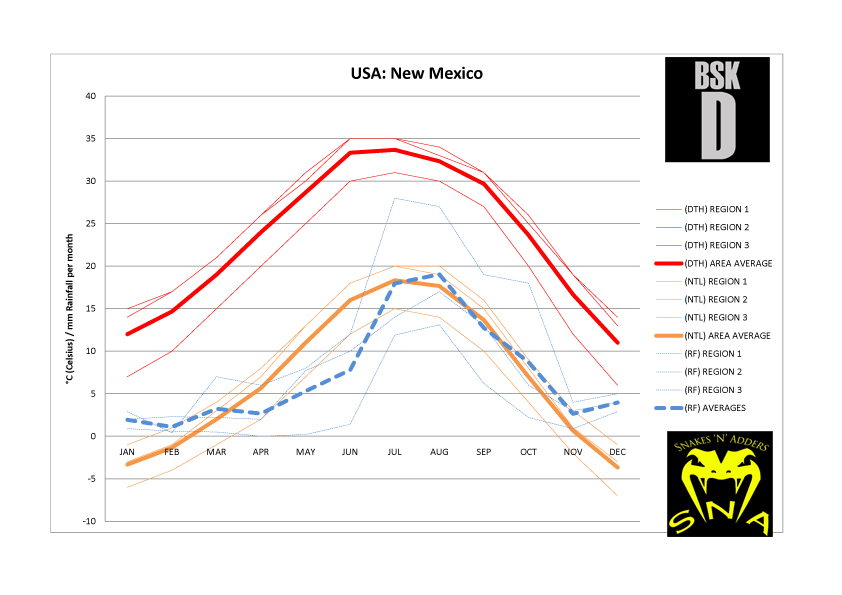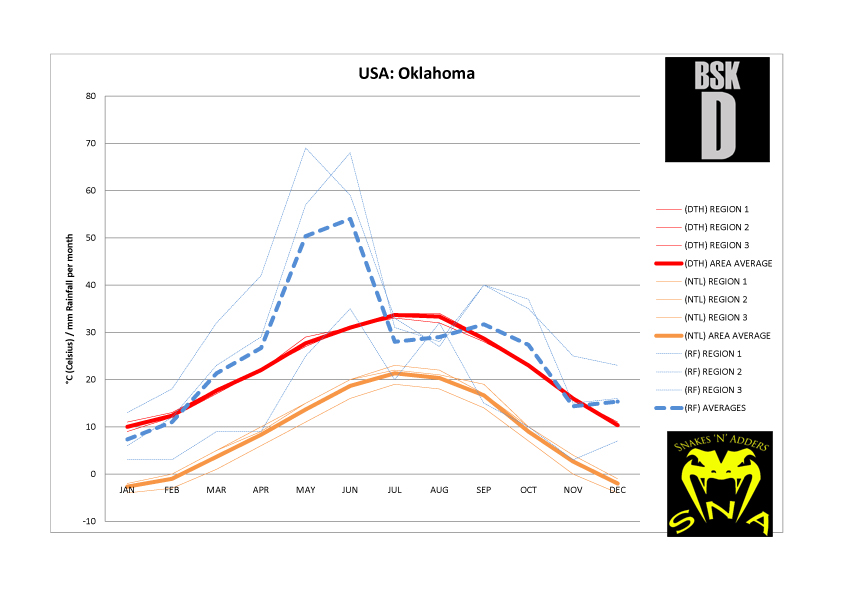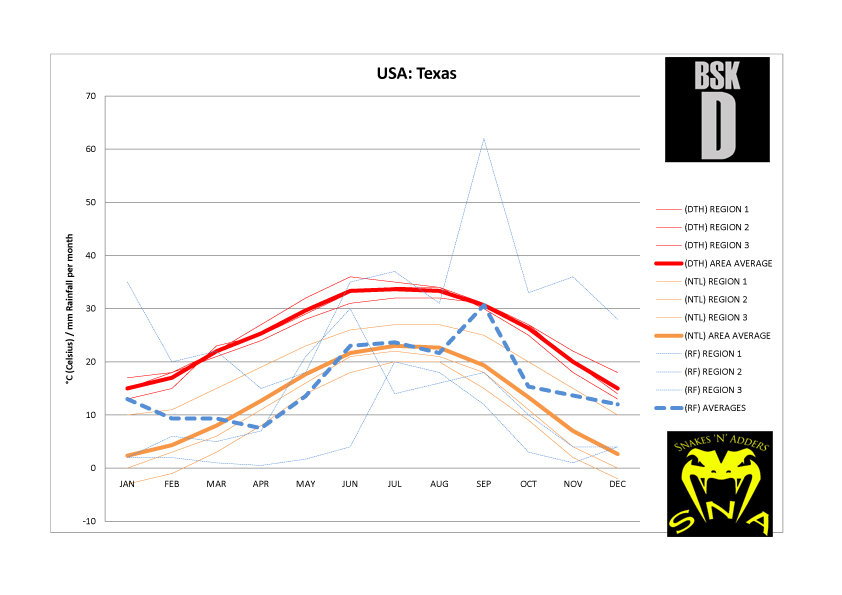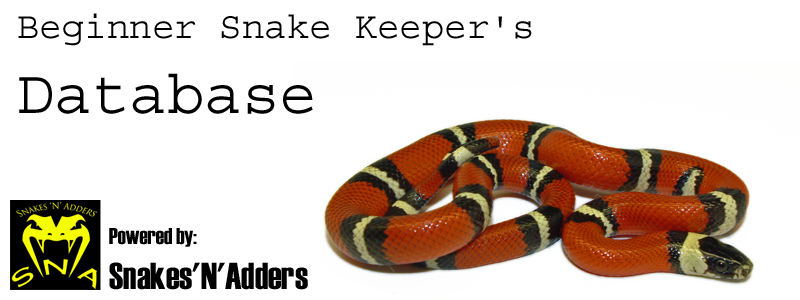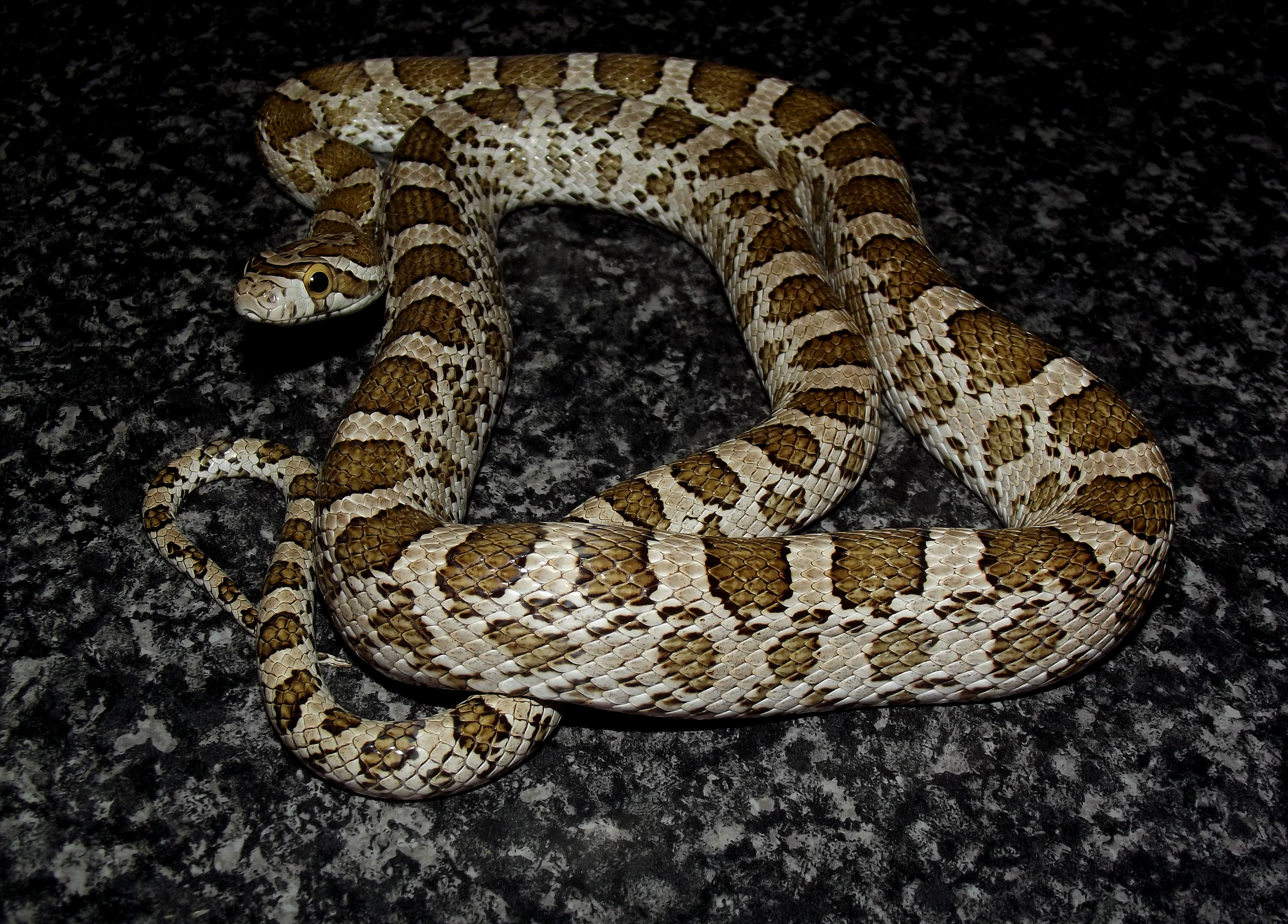
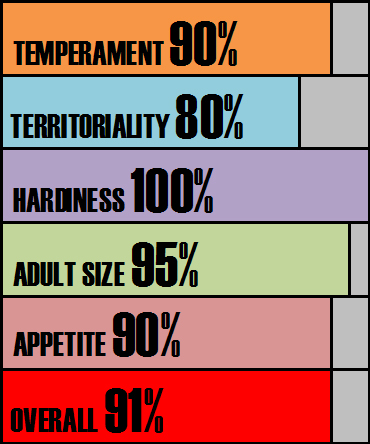

Species Notes based on experiences:
This was once classed as a subspecies of Corn Snake. Occurring from further North and West they are naturally even hardier than the Corn Snake. Great Plains Rat Snakes have long been cross bred with Corn Snakes to make ‘Root Beer’ and ‘Creamsicle’ Corn Snakes. Essentially this is a slightly heavier set and more muscular Corn Snake with a slightly drabber colour palette. That said this is still an attractive snake but it is doubtful anyone could objectively say it was prettier than a corn. Great Plains Rat Snakes are fantastic snakes and are one of the highest scoring species on the entire site. Ready feeders and generally exceedingly tame – albeit not as tame naturally as the Corn.
Score analysis:
When considering temperament, Great Plains Rat Snakes fall just slightly behind the Corn Snake. It isn’t that they are aggressive they may just remain a little more ‘jerky’ and not quite as settled as a Corn Snake. This is us being picky of course as it usually still remains tamer than 90% of the other species covered on this site. Tail rattling in youngsters is common and to be anticipated, this snake may also musk slightly if particularly scared by the handler. Biting, striking and rearing up are very rare. Any and all defensive behaviours while handling will diminish quickly.
Territory issues are nearly always more prevalent than true temperament issues. This is an alert snake that can be easily startled. Once startled they may dart away from your hand or rattle their tail in frustration. Biting and the rearing up seen in other North American Rat Snakes is rarely encountered. Once out of the enclosure most if not all defensive behaviours will abate.
The Great Plains of the mid west are a tough place to exist; regularly exposed to excess heat in summer and deep and protracted cold in winter. To be able to survive on the Plains requires a level of hardiness that is rarely equalled. A feature of all the species covered here that have mainstays in the Great Plains will have scored very high if not perfect on the hardiness scale as a result. This of course translates to captive husbandry well. They are a particularly forgiving and can find a way to thrive in even the most rudimentary of conditions.
This snake is a similar length to the Corn Snake but heftier in build. They are more muscular and feel marginally denser with muscle than their cousin. A perfectly manageable species that should be considered seriously as a first pet snake.
Great Plains Rat Snakes are great feeders. Babies are chunkier than Corn Snake babies and start feeding quicker. They are capable of pinkies with ease at birth. Rarely do they pose a long term problem with feeding. Once hatched they need to shed off but there are no major delays as with some other species (particularly the montane King Snakes of Mesoamerica). Babies will usually commence feeding within a month of birth which is particularly fast. Undoubtedly this is a result of being reproduced in captivity for 60 plus years.
Enclosure recommendations:
Tub:
50ltr but largest specimens will benefit from living in a proper vivarium
Vivarium:
90cm x 45cm x 45cm
Budget rig: -
40cm x 30cm heat pad
On / off thermostat
Digital thermometer to monitor thermostat performance
Warm hide
Cool hide
Water bowl
substrate
Recommended rig (vivarium only): -
150w ceramic heat emitter
Ceramic lamp holder and bracket
Bulb guard
Day night thermostat
Digital thermometer to monitor thermostat performance
Various logs and caves along the thermal gradient
Damp hide
Climbing and exercise branches
Plants and foliage (live or artificial – your choice)
Water bowl
Substrate
UVB light (8w T5 shade dweller 7% kit from Arcadia or equivalent) (optional)
Subterranean section to vivarium for further psychological security (optional)
Climate analysis:
These are tough little snakes, just looking at the climate graphs illustrates just how variable the general climate is. These are of course average meaning individual days may be hotter or cooler on a fairly regular basis. Winter temperatures well below freezing at night may be present for up to 5 months of the year. This curtails the activity levels of the species. This is snake that has to make the most of the active period of the year, possibly explaining the gusto with which they accept food. Animals may fast in winter as a natural instinct to brumate kicks in with sexual maturity. This instinct seems to have been somewhat diminished over the many generations of captive stock. Husbandry therefore defaults to Corn Snake care.
Conclusion:
A near perfect pet snake. Easily tames from birth to become a compliant personality filled little snake. A superb choice for a child as a first pet. The only detraction and it is a minor one is that when compared to Corn Snakes is somewhat more drab in appearance.
